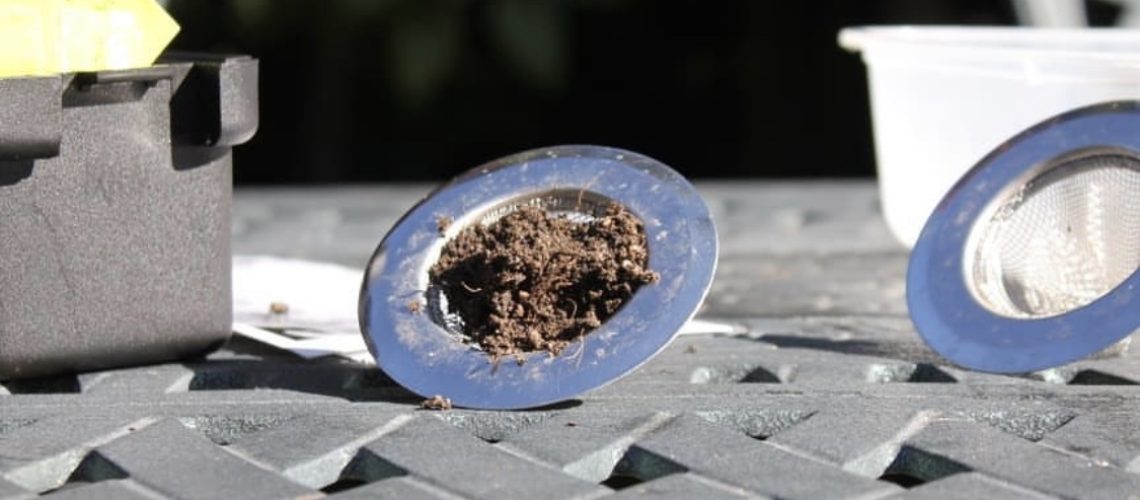
Now imagine that I have 600 apartment buildings in NYC that each contain 1 million people, and I decide to check 10 apartments in 10 buildings at 4 p.m. to estimate the number of people actually in the building. Obviously, it would vary because people are not always in their apartment and different apartments have different numbers of inhabitants – the same is true for soil.
Soil contains microscopic aggregates of different sizes and the number and type of inhabitants in each varies on the physical and chemical composition of the space as well as the nutrient, pH and hydration level. Each sample you take is like looking at a number of different apartments in a number of apartment buildings.
For this reason, when conducting research, soil and medical researchers run duplicates or triplicates. Because of cost, soil labs generally do not run duplicates and they see 10- 25% variation. We are recommending running duplicates when using microBIOMETER® unless you are doing academic research. Generally, we see <10% variation for a given sample, and for a field that looks homogeneous. Pastures can have much higher variation because the nutrients level across the area varies tremendously.

